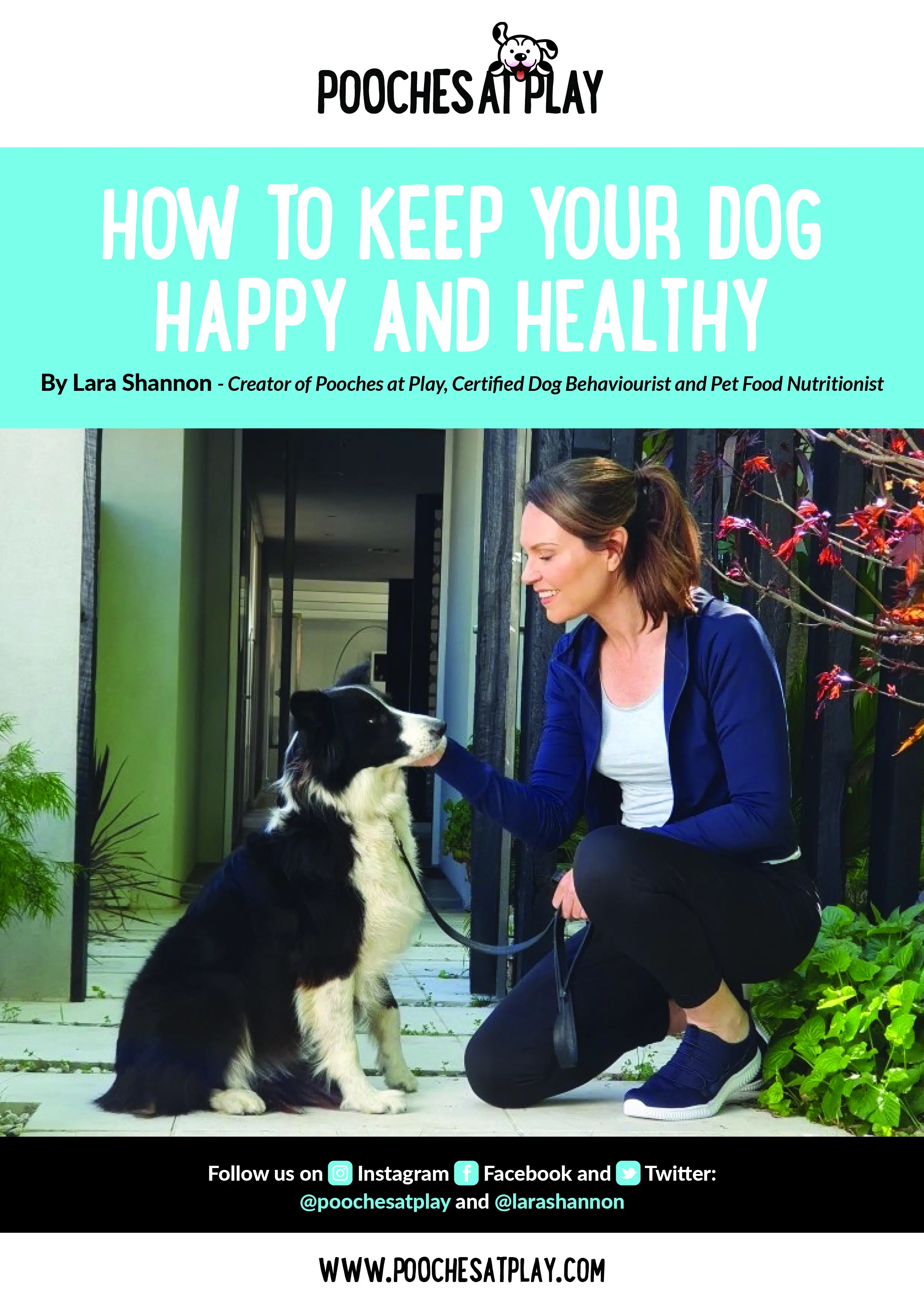

A recent study has supported something that dog most trainers and vets have known for a long time – an anxious and stressed owner can create stress in dogs.
This is the reason why we advocate remaining calm around your pets during times of crisis, when they are injured, when a threat may appear (such as another dog or human if your dog is reactive) and, now it seems, in our day to day lives.
A study published this week in the ‘Nature’s Scientific Reports’ shows that pet dogs may well indeed synchronise their stress levels with those of their owners. If you have ever taken the time to stop and notice your dog’s body language and behaviour when you are upset, angry or arguing probably doesn’t need a study to know just how true this is. However, the study does highlight that we should be all addressing our day to day anxiety and stress levels, not only for our own health, but for that of our dogs as well.
I won’t go into detail about how the study was conducted, you can read about it here. However, it did show that regardless of the sex, training, activity levels and different lifestyle situations the dog experienced, it was the human personality traits and mental states (such as neuroticism, conscientiousness and openness) that significantly affected their dog’s hair cortisol concentrations (HCC). Cortisol is a steroid hormone that regulates a wide range of processes throughout the body (both our own and our dogs), including metabolism and the immune response. It has a very important role in helping the body respond to stress and is a measure of physiological stress, which can be raised during mental distress.
The results from this study therefore correlated the cortisol results from both the human and dog to find that they matched, and therefore suggests to a great extent, mirror the stress level of their owners.
The study was done over a year and showed interestingly that the dogs’ activity levels did not affect HCC, nor did the amount of training sessions per week, showing that the HCC levels were not related to general physical activity.
There was a seasonal effect in HCC which I find is also interesting, given we humans we often find ourselves feeling a bit down in the dumps or more stressed when it is grey and wet, and feeling good when the sun is shining. One only has to have lived in London for a while to know that Seasonal Affective Disorder (SAD) certainly does exist, making you feel a little down or even depressed during the long grey seasons throughout the year. So, not surprisingly, seasonal level changes are reflected in the results here as well.
Another interesting result is that female dogs had a stronger connection with their owner’s stress levels compared with male dogs. Previous studies have shown that female dogs are more emotionally responsive than males, so again this matches up.
A limiting factor to the new study was that it did not identify the causes of elevated stress in the dog owners. But what it does show is that regardless of the cause of the stress, our reaction to it impacts our dogs and creates stress in dogs. You can read more about how we also reinforce anxiety in our dogs, even if we don’t feel anxiety ourselves, here.
Why it’s important to reduce stress in dogs
As sentient animals, dogs can experience both positive and negative emotions, such as pleasure, comfort, fear, and anxiety. We know that failing to provide basic care like food and shelter is cruel, but we often overlook how disregarding the mental lives of our pets can also negatively impact their welfare.
So, it stands to reason, that if you are often anxious and stressed around your dog then you are also impacting on their welfare and, if we reduce our own stress levels, it’s likely we will also reduce our dog’s stress levels too. And who doesn’t want to reduce stress in dogs?
Given we know that chronic stress is bad for us, making us sick and decreasing our quality of life, perhaps you will be empowered to work on decreasing your stress levels for your own sake, as well as for your dog as well?
A great way to do this together is to take a walk out in nature, spend time doing things you love, smile (even if you don’t feel like it) or talking to a friend. There are also plenty of services to help if you are struggling with anxiety, such as Beyond Blue.
Hopefully by knowing that you can make a difference to both your own and your dog’s welfare by making some positive changes to your life and mental state, this blog has given you one more good reason to give it a go.
Lara & Darcy
About the Author: Lara Shannon is co-Host of Pooches at Play and has completed a Certificate III in Dog Behaviour & Training with the National Dog Trainers Federation. Lara also runs her own dog training, minding and walking business in Melbourne’s Bayside area.

Tips for exercising a dog indoors

Exercising puppies – how much do they need?

Choosing the right Doggy Daycare


Tips for keeping dogs safe in the heat

Receive a FREE copy of the E-Book “How To Keep Your Dog Happy And Healthy”
"*" indicates required fields


Get your paws on Lara Shannon’s best selling books ‘Eat, Play, Love (your dog) and World of Dogs.
Available in Australia, USA, UK and Canada.